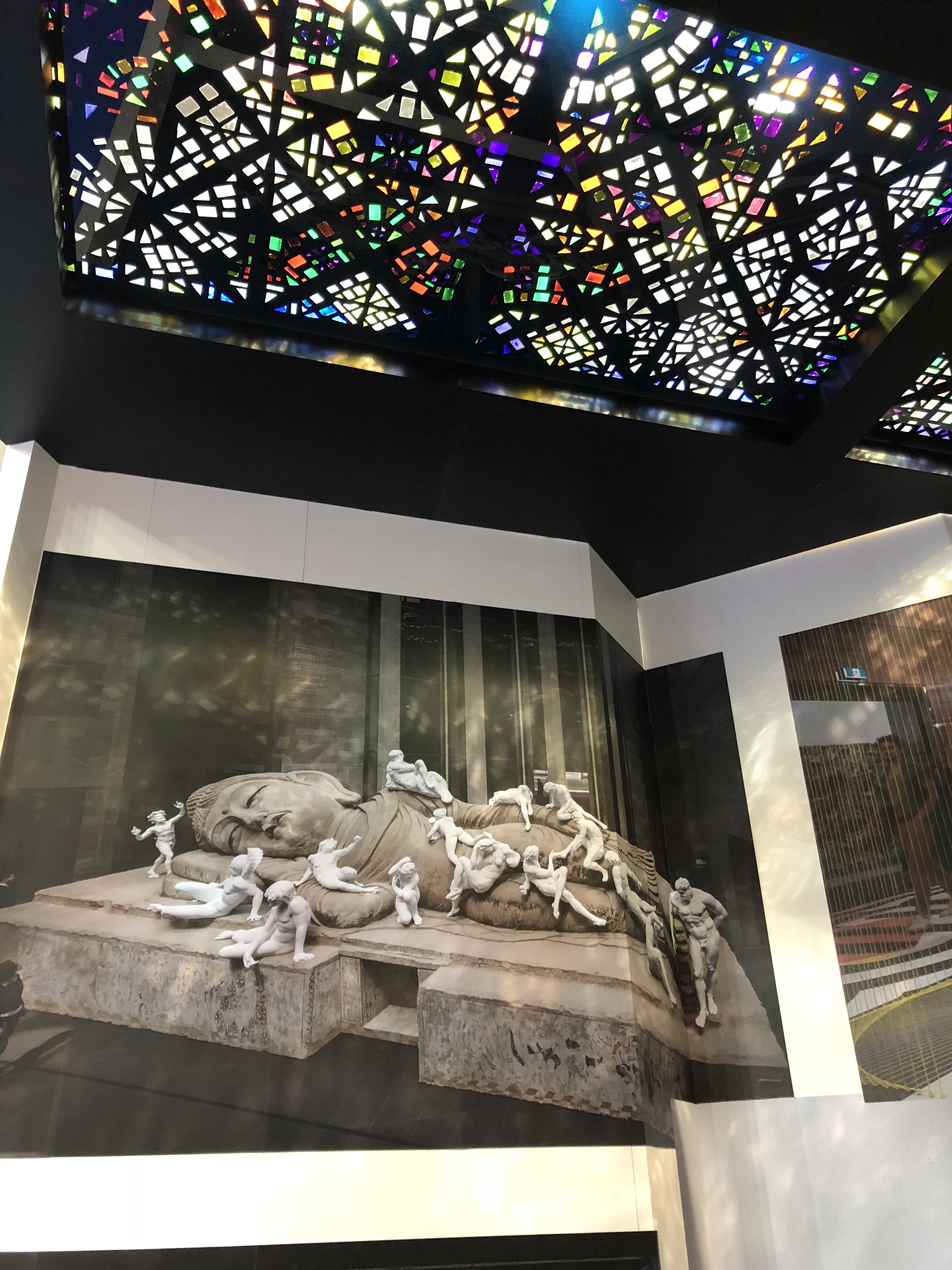“Catching butterflies” is a poetic notion offered by author Jock Serong at a recent workshop at the Peninsula Writers Club, that I attended recently.
It refers to one of the ways writers engage with the creative process. The butterflies are the ideas that flit around in our heads, or out in the ether. As writers (or artists) we get a glimpse of the colour, a shimmer of light reflected from their wings, and then it is gone. Maybe to return.
How quick do we respond? Can we catch it, study it, pin it down, find the words to describe it accurately? Or will it dart away to another creative soul who will be ready? Elizabeth Gilbert, in her book Big Magic, expresses the idea that ideas have their own life that is independent of the writer. If one creative person will not express it, the idea will find another willing creative.
The topic of the workshop with Jock Serong was Plotting and Structure. He paced us through his ideas, giving examples from his books, and others. I liked his presentation style and the easy logic of his process. His description of his own novels inspired me to want to read them, as I haven’t yet. The Settlement is his most recent and the third of a trilogy.
We did a few exercises that he set for us. One was to put a character into a stressful situation and see how they react. A method often used by Stephen King.
We wrote for ten minutes. Others read out what they had written, and they were great. How quickly they put themselves into this character and the situation. Meanwhile I was still imagining my hero in her setting. Obviously, we have different approaches, but it illustrates my beginner’s ability, compared to the seasoned writers in the club
I was not disheartened though and left with a new ‘to-do’ list and fresh ideas. I made a structure table for my story and will have a look at the Scrivener software. I am now reading On Writing by Stephen King as this seems to always crop up as a ‘must read’ book for writers.
My own story has a new thread and I have plotted out the scenes, ready to start writing.









